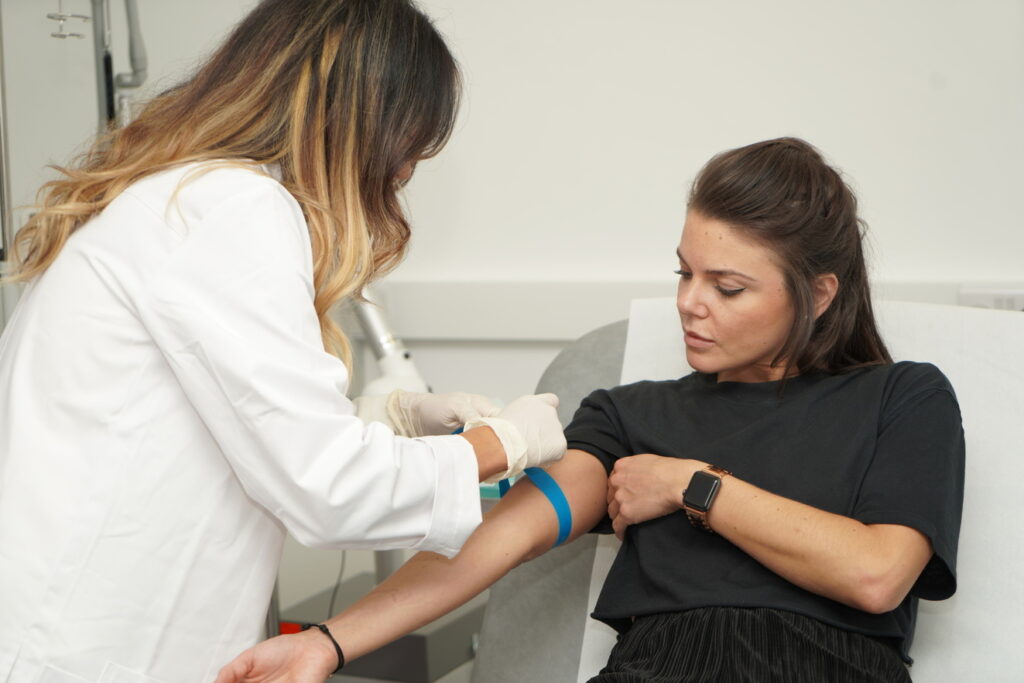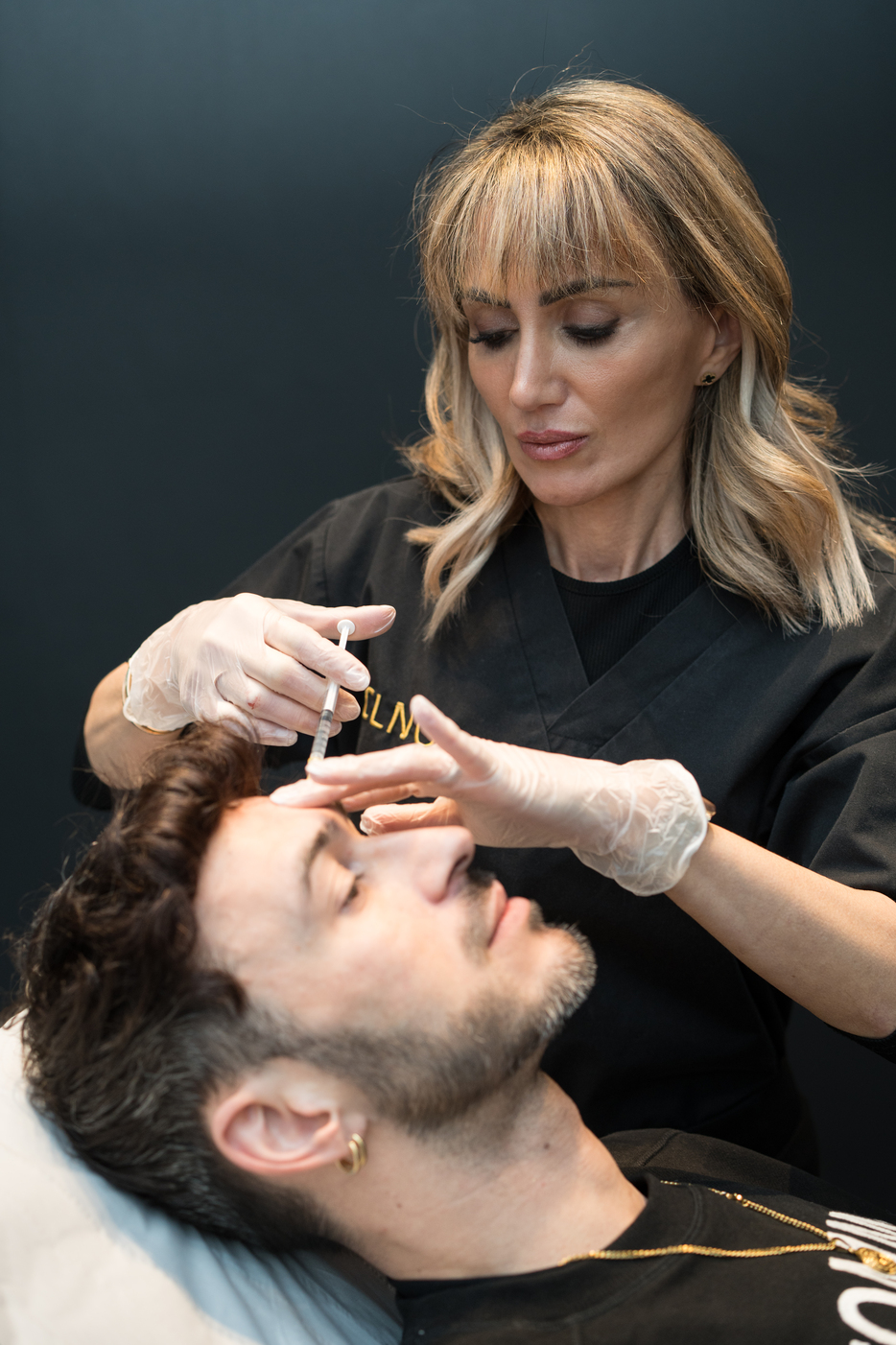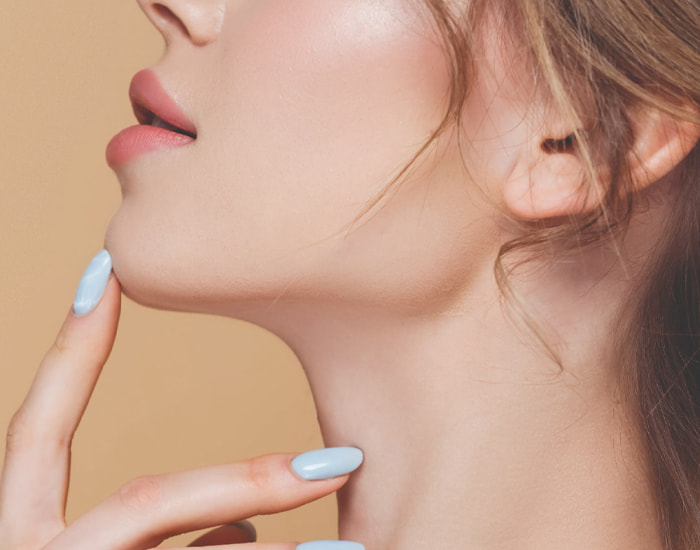Xanthelasma
in Manchester and Cheshire
What are Xanthelasma?
Xanthelasma are yellowish, flat, and often slightly raised deposits that commonly appear on or around the eyelids. These lesions are composed of cholesterol and lipids (fats) that accumulate under the skin. They are generally benign and painless but can cause cosmetic concerns for many patients.
With xanthelasma Manchester patients will find that they are often symmetrical and can occur in clusters. Although they are not harmful themselves, their presence can sometimes indicate underlying lipid disorders, which may require medical evaluation.
Causes of Xanthelasma
The exact cause of xanthelasma is not fully understood, but several factors can contribute to their development:
- Hyperlipidaemia: Elevated levels of lipids in the blood, such as cholesterol and triglycerides, are strongly associated with the formation of xanthelasma. Approximately half of the individuals with xanthelasma have high cholesterol or triglyceride levels.
- Genetics: There is a genetic predisposition to developing xanthelasma. If a family member has had these lesions, there is an increased likelihood of other family members developing them as well.
- Age and Gender: Xanthelasma typically appears in middle-aged or older adults, with a higher prevalence in women compared to men.
- Medical Conditions: Certain medical conditions, such as diabetes, hypothyroidism, and liver disease, are associated with an increased risk of developing xanthelasma. These conditions can influence lipid metabolism, contributing to lipid accumulation in the skin.
- Lifestyle Factors: Lifestyle factors, including diet, obesity, and lack of physical activity, can contribute to elevated lipid levels, thereby increasing the risk of xanthelasma.
Diagnosis of Xanthelasma
Diagnosis of xanthelasma is usually clinical, based on the characteristic appearance of the lesions. However, to rule out underlying lipid disorders, healthcare providers may recommend blood tests to measure cholesterol and triglyceride levels. Additionally, a thorough medical history and examination can help identify any associated conditions that may need to be addressed.
Treatment of Xanthelasma
While xanthelasma itself is harmless, many individuals seek treatment for many reasons. Several treatment options are available:
- Topical Medications: Certain medications, such as trichloroacetic acid (TCA) or other chemical peels, can be applied to xanthelasma lesions to gradually reduce their appearance. These treatments work by breaking down the lipid deposits and promoting skin renewal.
- Cryotherapy: This treatment involves freezing the xanthelasma with liquid nitrogen, causing the lesions to shrink and eventually fall off. Multiple sessions may be required to achieve optimal results.
- Laser Therapy: Laser treatment, particularly carbon dioxide (CO2) lasers or Erbium-YAG lasers, can effectively target and vaporise xanthelasma lesions. This method is precise and typically results in minimal scarring.
- Surgical Excision: For larger or more persistent lesions, surgical excision may be recommended. This involves removing the xanthelasma with a scalpel or other surgical instruments. While effective, this method may result in more noticeable scarring.
- Electrodesiccation and Curettage: This procedure involves using an electric current to dry out the xanthelasma, followed by scraping away the dried tissue. It is often used for smaller lesions.
- Radiofrequency Ablation: Radiofrequency energy can be used to destroy xanthelasma lesions, offering a minimally invasive treatment option with good cosmetic outcomes.
- Addressing Underlying Conditions: Treating any underlying lipid disorders or medical conditions is crucial. This may involve dietary changes, exercise, and medications to manage cholesterol levels, such as statins. This will be important in the prevention of future lesions appearing.
Prevention of Xanthelasma
At CLNQ in Cheshire & Manchester xanthelasma prevention involves managing risk factors and underlying conditions:
1. Healthy Diet: Adopting a diet low in saturated fats, trans fats, and cholesterol can help manage lipid levels. Emphasising fruits, vegetables, whole grains, and lean proteins is beneficial.
2. Regular Exercise: Engaging in regular physical activity can help lower cholesterol levels and improve overall cardiovascular health.
3. Medication Adherence: For individuals with hyperlipidaemia or other related conditions, adhering to prescribed medications is essential to manage lipid levels and reduce the risk of xanthelasma recurrence.
4. Routine Health Check-ups: Regular medical check-ups and blood tests can help monitor lipid levels and identify any underlying conditions early, allowing for timely intervention. At CLNQ, we can offer private medical screening with our GPs. The doctors will assess you and perform investigations such as blood tests.
Conclusion
Xanthelasma are benign but often cosmetically concerning lipid deposits that appear on or around the eyelids. They are associated with elevated lipid levels, genetic factors, and certain medical conditions. Various treatment options are available, ranging from topical medications and cryotherapy to surgical excision and laser therapy. Preventive measures, including a healthy diet, regular exercise, and managing underlying conditions, can help reduce the risk of developing xanthelasma and their recurrence. For individuals concerned about xanthelasma, book a consultation with our team for appropriate diagnosis and management.
Confident. Beautiful. Empowered.
The Leading Aesthetic and Longevity Clinic in Manchester and Cheshire
We are dedicated to helping you achieve your health and wellness goals through our comprehensive range of personalized treatments and luxury approach. Whether you’re seeking to address specific concerns, enhance your appearance, or simply optimize your well-being, we have the solution. Our team of experts is passionate about creating a welcoming and supportive environment where you can feel comfortable and confident in your journey to a more radiant you. Don’t wait any longer to start your journey to optimal health and beauty.

















